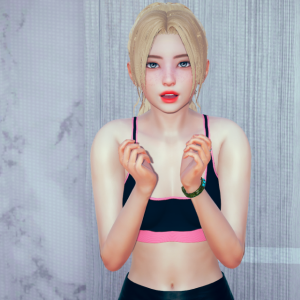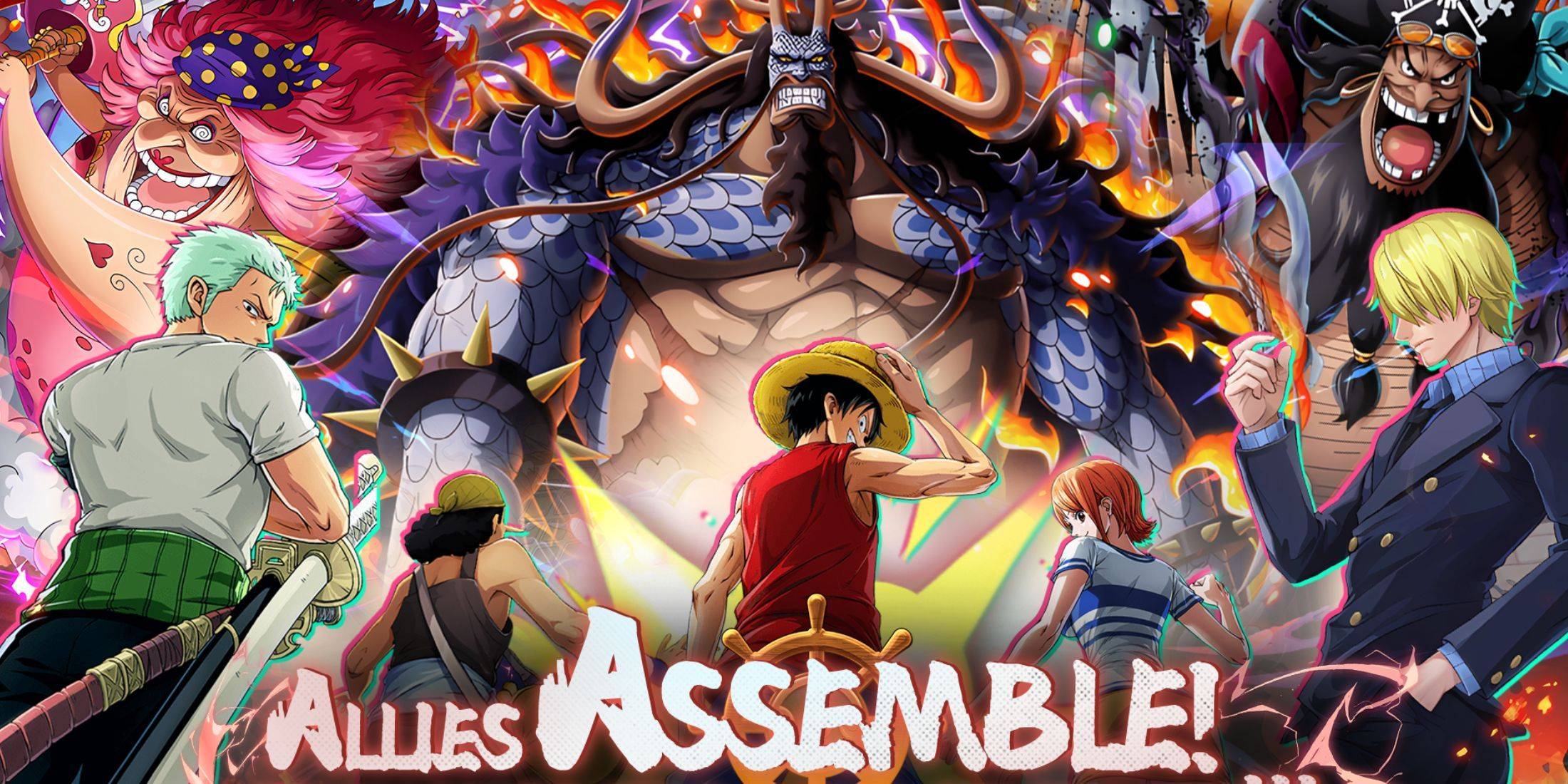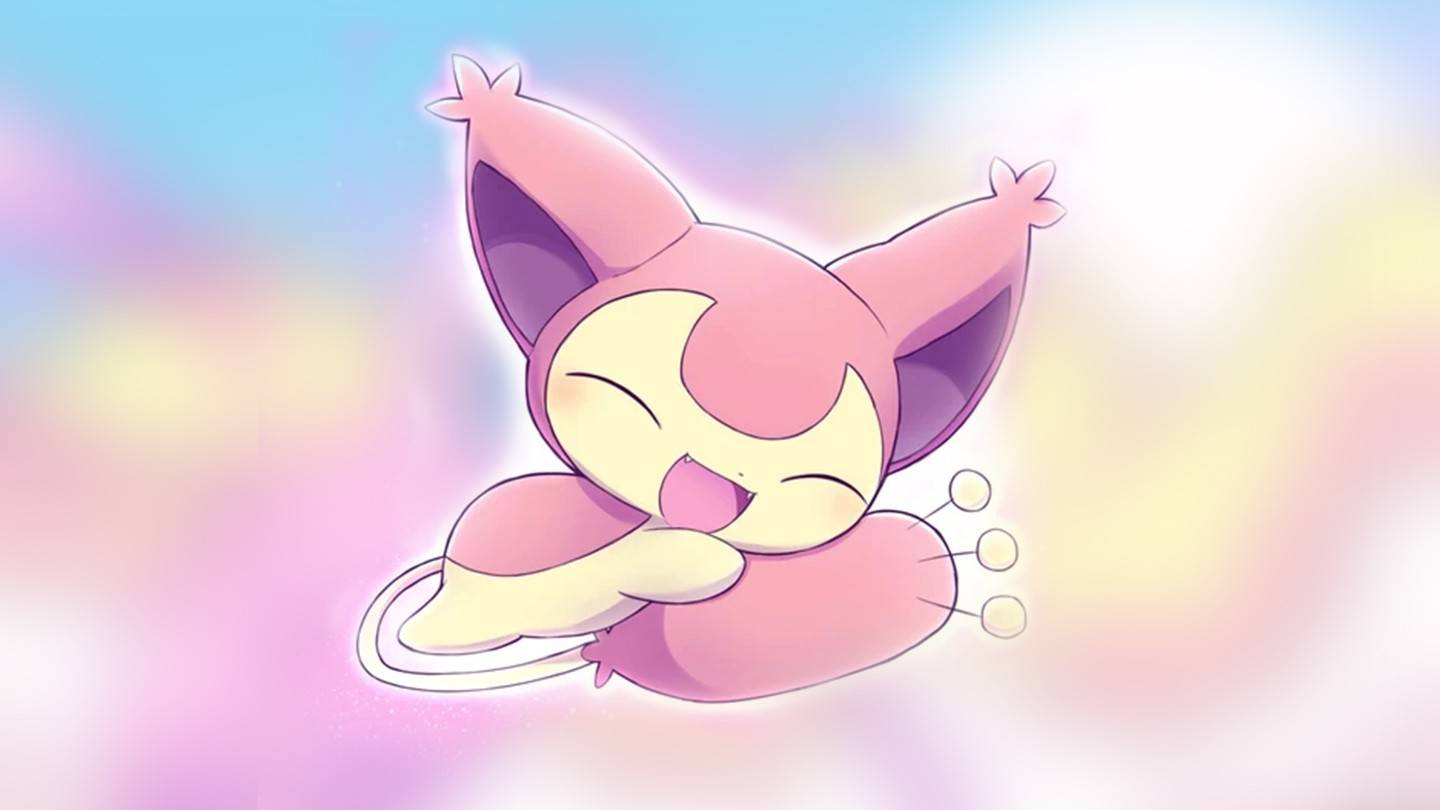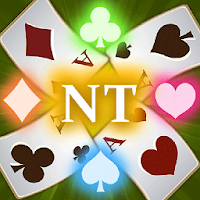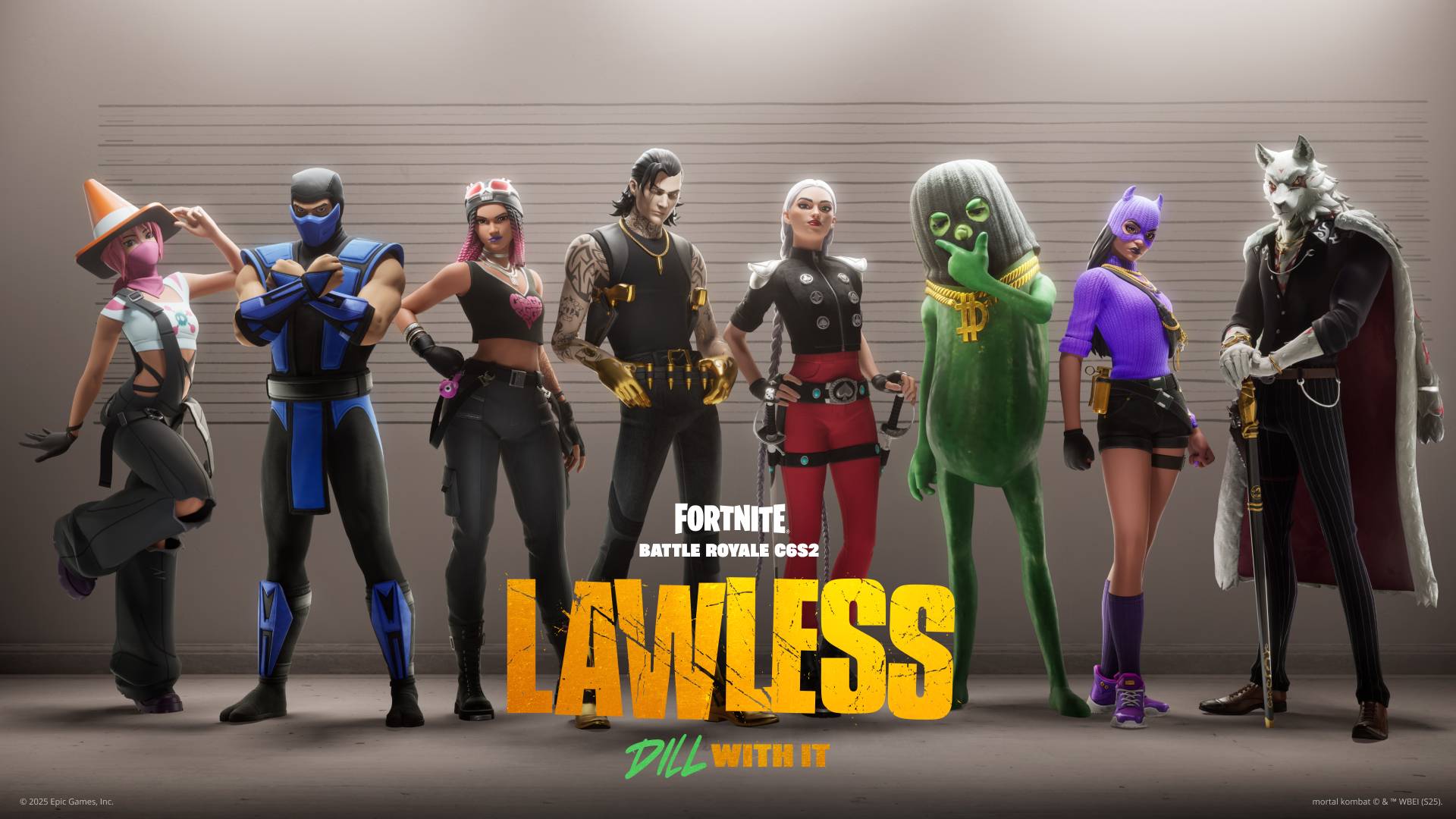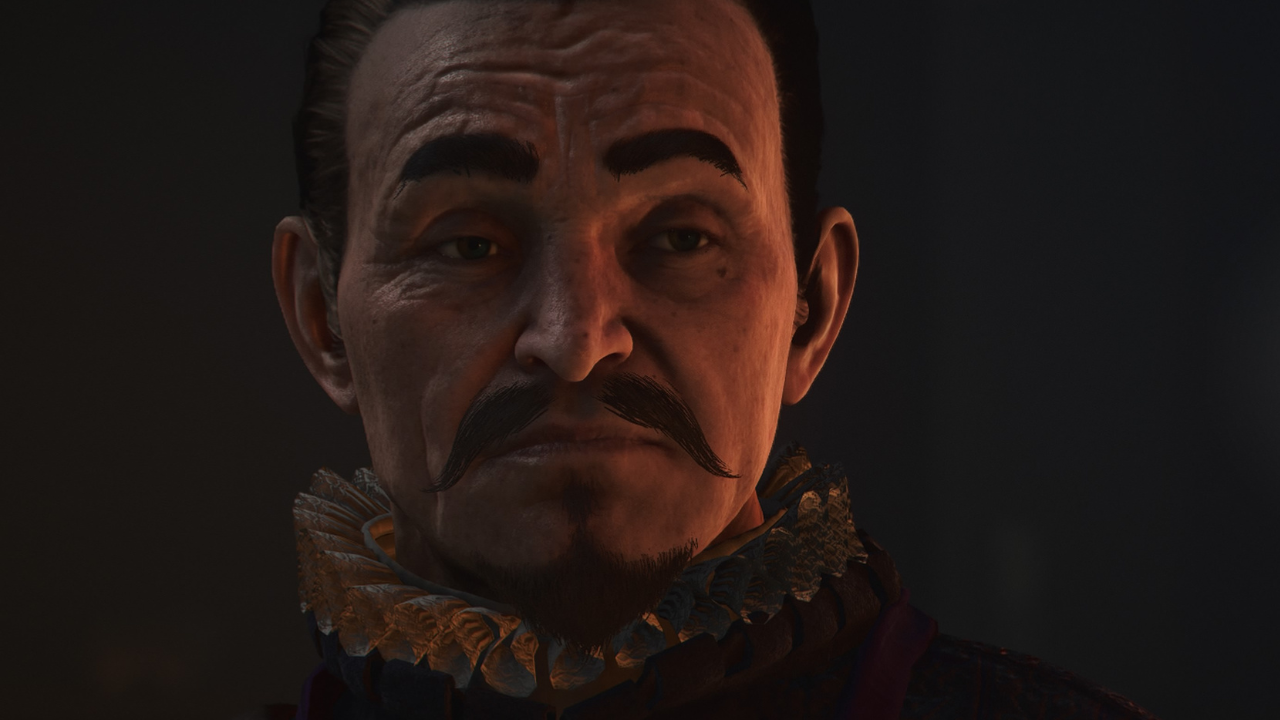Yasuke in Shadows: A Fresh Take on Assassin's Creed
Thanks to a renewed focus on the core concepts that the series was originally built upon, Assassin's Creed Shadows delivers the most satisfying experience the franchise has seen in years. The game reintroduces fluid parkour, reminiscent of the best since Unity, enhanced by a grappling hook that makes reaching high vantage points quicker and more exhilarating. Perched on a tightrope high above your enemies, you're just a drop away from executing the perfect assassination—as long as you're playing as Naoe. However, switching to Yasuke, the game's second protagonist, transforms the experience entirely.
Yasuke, the towering samurai, presents a stark contrast to the traditional Assassin's Creed protagonist. He's slow, clumsy, and incapable of silent kills, climbing with the agility of a grandparent. This design choice by Ubisoft is both baffling and fascinating, as playing as Yasuke feels like departing from the Assassin's Creed formula.
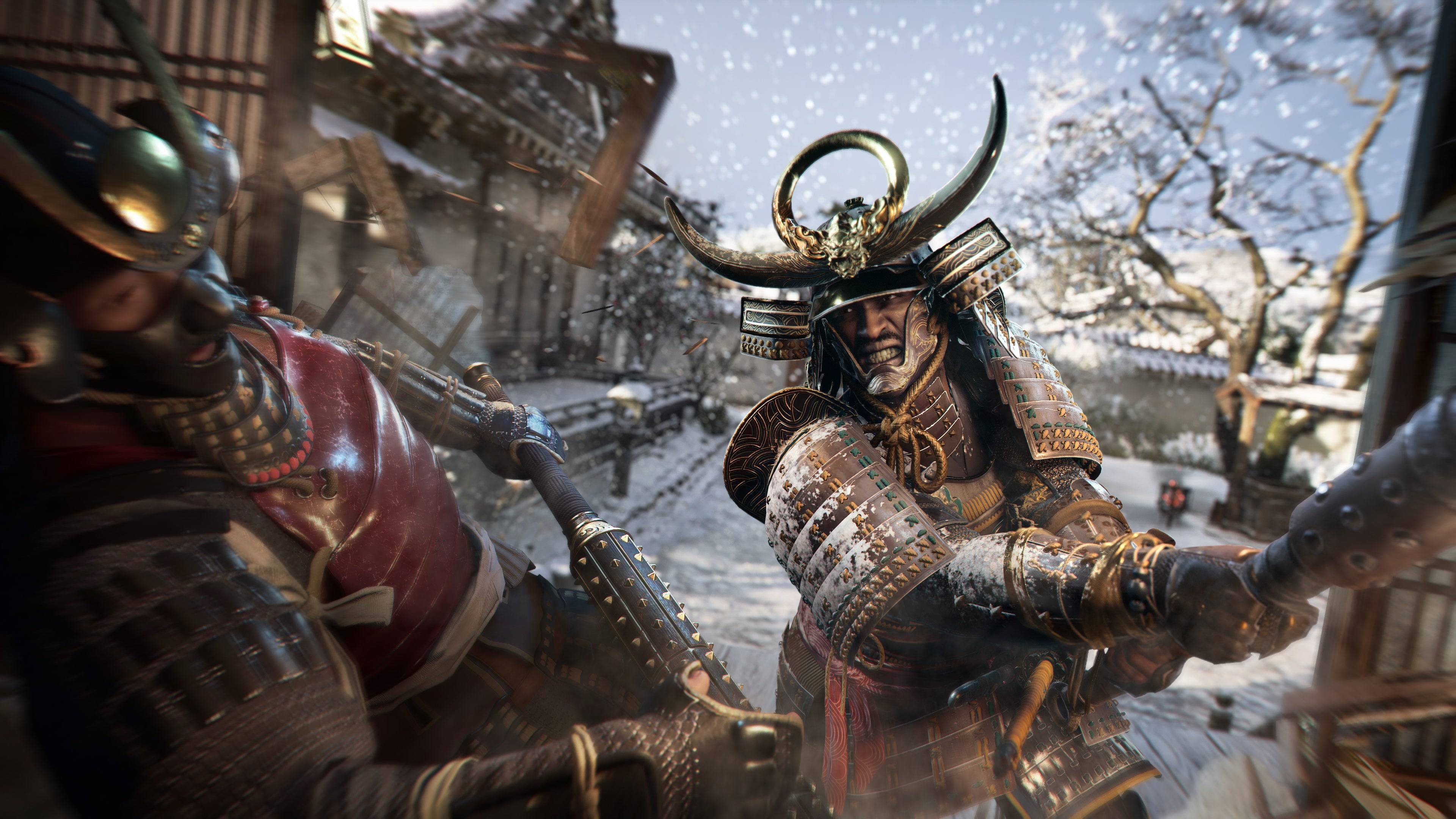
Initially, the disparity between Yasuke's skill set and the series' core philosophy was frustrating. What's the purpose of an Assassin's Creed protagonist who struggles to climb and can't perform silent takedowns? However, the more I played as him, the more I appreciated the innovative aspects of his design. Yasuke addresses critical issues that the series has grappled with in recent years.
You don't get to control Yasuke until several hours into the campaign, after spending your initial time with Naoe, a swift shinobi who embodies the assassin role better than any protagonist in a decade. Transitioning to Yasuke is jarring; his size and noise make sneaking through enemy camps nearly impossible, and his climbing abilities are severely limited. He struggles with basic structures and moves painfully slowly, introducing friction that makes scaling environments feel like a chore.
These limitations encourage Yasuke to stay at ground level, denying him the high vantage points essential for planning and executing stealthy moves. Unlike Naoe, who can use Eagle Vision, Yasuke has no such aid, forcing players to rely solely on raw strength.
Assassin's Creed has always been about stealthy kills and vertical exploration, concepts that Yasuke directly opposes. Playing as him feels more akin to Ghost of Tsushima than Assassin's Creed, emphasizing fierce combat over stealth. Yasuke's design challenges players to rethink how to approach the game, moving away from the effortless climbing of past protagonists to a more thoughtful navigation of the environment. Hidden pathways and strategic routes become crucial, offering a more engaging exploration experience.
However, Yasuke's limited freedom in general exploration and his lack of traditional stealth capabilities, like the "Brutal Assassination" skill which is more of a combat opener than a stealth move, set him apart from the typical Assassin's Creed experience. Yet, when combat ensues, Yasuke excels with the best swordplay the series has seen in over a decade, offering a rich variety of techniques and satisfying finishing moves.
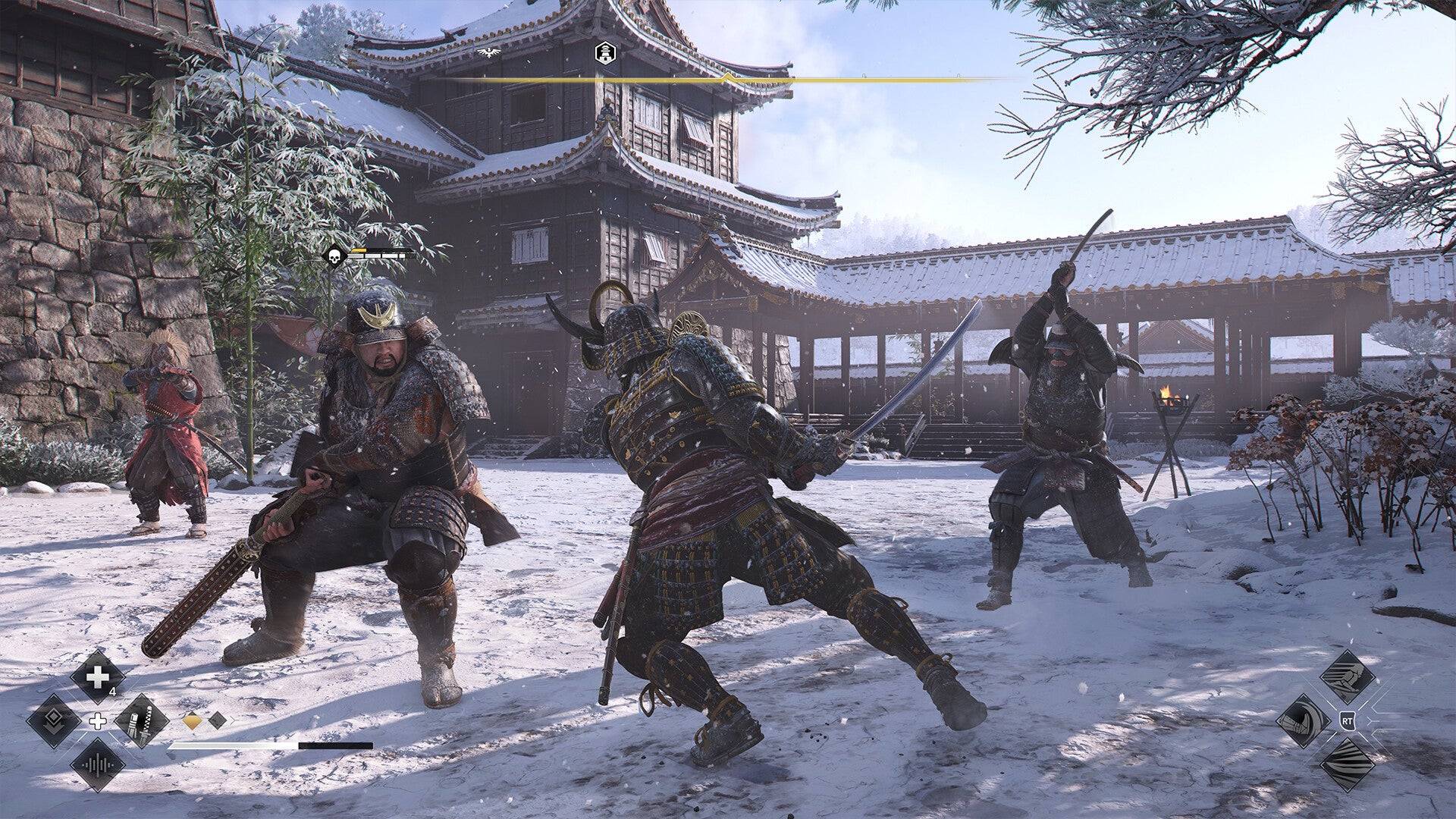
The separation of combat and stealth into two distinct characters helps maintain a balance that recent titles like Origins, Odyssey, and Valhalla struggled with. Naoe's fragility forces a return to stealth tactics when combat breaks out, while Yasuke's strength allows players to survive intense battles, offering a refreshing alternative.
Despite the clear intention behind Yasuke's design, his fit within the Assassin's Creed universe remains questionable. The series has always been about stealth and vertical exploration, elements that Yasuke directly opposes. While previous protagonists like Bayek and Eivor ventured into action territory, they still maintained core Assassin's Creed mechanics like climbing and using hidden blades. Yasuke, as a samurai, thematically fits his lack of stealth and climbing prowess, but this means you can't play Assassin's Creed traditionally while controlling him.
The real challenge for Yasuke is his counterpart, Naoe. Mechanically, she is the best protagonist the series has seen in years, perfectly complementing the game's setting in Sengoku Period Japan with its towering architecture. Naoe fulfills the promise of Assassin's Creed by becoming a highly mobile silent killer. Even with the changes made to climbing mechanics to be more realistic, Naoe's ability to navigate the world swiftly and engage in impactful combat makes her the superior choice for many players.
AnswerSee ResultsNaoe's design benefits from the same changes that shape Yasuke, making climbing more strategic and rewarding, while still maintaining the essence of Assassin's Creed. Her combat is as impactful as Yasuke's, though she can't endure as long in battle. This raises a critical question: why choose Yasuke when Naoe offers a more complete Assassin's Creed experience?
Ubisoft's intention to offer two distinct playstyles with Yasuke and Naoe is admirable but creates a double-edged sword. Yasuke's unique approach provides a fresh and compelling experience within the series, yet it directly opposes the foundational concepts of Assassin's Creed. While I'll return to Yasuke for the thrill of his combat, it's through Naoe's eyes that I'll truly explore Shadows' world. Playing as Naoe feels like playing Assassin's Creed.






